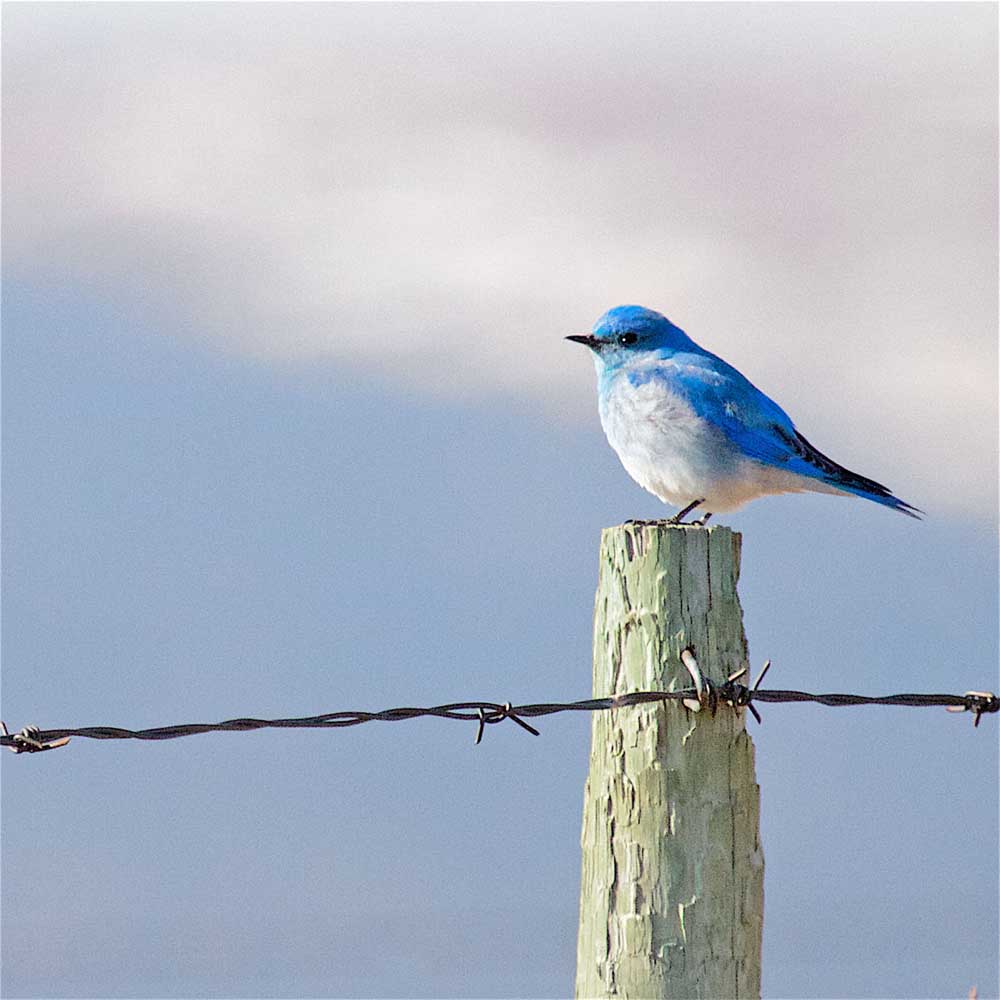Birding: A vibrant, cerulean sparkler: A rare sighting!
Published 10:24 am Thursday, April 21, 2022

- The male mountain bluebird is a cerulean sparkler!
The first week of April was full of excitement for those of us who enjoy birds because a mountain bluebird came by to visit near the jetty at Cape D.
Trending
In our general area it is considered rare, which is defined on our field checklist as being seen at regular intervals of two to five years. In Pacific County though, overall, there are fewer than five reported sightings of the mountain bluebird. At this very time, mountain bluebirds are also being seen elsewhere in Washington state as reported by Tweeters Digest at the University of Washington.
The mountain bluebird is a sparkling blue gem. Its beauty soothes the soul. It always brings me a sense of happiness whenever I see a pair preparing to nest, carrying nesting material, such as grasses, weeds and bark.
I observed one male mountain bluebird for the first time on the Peninsula in the exact same area of Cape Disappointment in the early 1990s. It was a treat to watch because mountain bluebirds tend to exhibit interesting feeding behavior. They act a little like flycatchers in that they snatch insects out of the air after hovering like an American kestrel when it is on the hunt. They drop quickly from the air to the ground to snatch grasshoppers, caterpillars, and beetles for a tasty meal. These goodies are their favorites. They may also be seen hunting from relatively low perches for insects. I watched the bird’s antics for what seem liked forever. It was a life bird for me on that day. The visiting mountain bluebird put on quite a show.
To say the least, the male and female are beautiful birds. Their tails are and wings are long. Cornell describes the male’s coloring as cerulean blue. Others describe it as vibrant blue, while Sibley (2014) dubs it sky-blue. Thus, I think it is safe to say that overall, the male appears to be wearing baby blue with light blue flanks. The female shows more subdued colors. She has a gray-brown head and body with bright blue wings.
In addition to cavities in trees or fence posts, all bluebirds also take readily to nest boxes. excitement for those of us who enjoy birds The mountain bluebird usually lays five to six eggs and has two broods in May to July. As the mountain bluebird’s habitat declined due to land clearing and other habitat changes, conservation groups created a safe habitat by placing nest boxes on fenceposts and along rivers etc. to support the mountain bluebird’s ability to remain sustainable. This kind of effort has also worked well in support of the Western bluebird.
Like most other species of songbirds, the mountain bluebird’s nestlings and fledglings are fed protein. Thus, grasshoppers, crickets, caterpillars, and beetles dominate their diet. They provide excellent protein for the young birds. Adults also love these tasty treats, but they are also berry lovers which also make up an important part of their diet. Mountain bluebirds choose habitats that will provide the food source they need. Thus, they prefer open areas with grasses and shrubs and subalpine areas. It is these types of areas where nest boxes are usually placed.
The mountain bluebird is a sparkling blue gem. Its beauty soothes the soul. It always brings me a sense of happiness whenever I see a pair preparing to nest, carrying nesting material, such as grasses, weeds and bark. It is not one of our nesting species, so we must keep our eyes open for this striking bluebird when traveling elsewhere in the west as per the range map. It was an exciting rarity in our area this spring. Lucky us! Happy birding!









